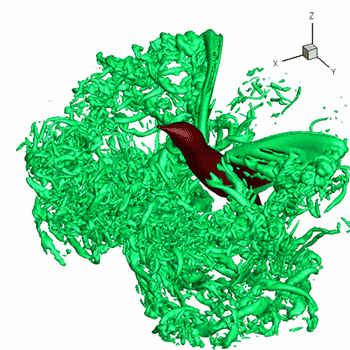How do you factor given that f(-2)=0 and f(x)=9x^3+10x^2-17x-2?
2 Answers
Use synthetic division to get
Explanation:
Factor given that
If
To find the other factors, divide the original polynomial by
The red numbers in the quotient are the coefficients of a polynomial.
Factor:
The complete factorization is
Explanation:
Given:
Then
When you divide by
Check the discriminant:
This makes the factors of the quadratic:
Multiply by

